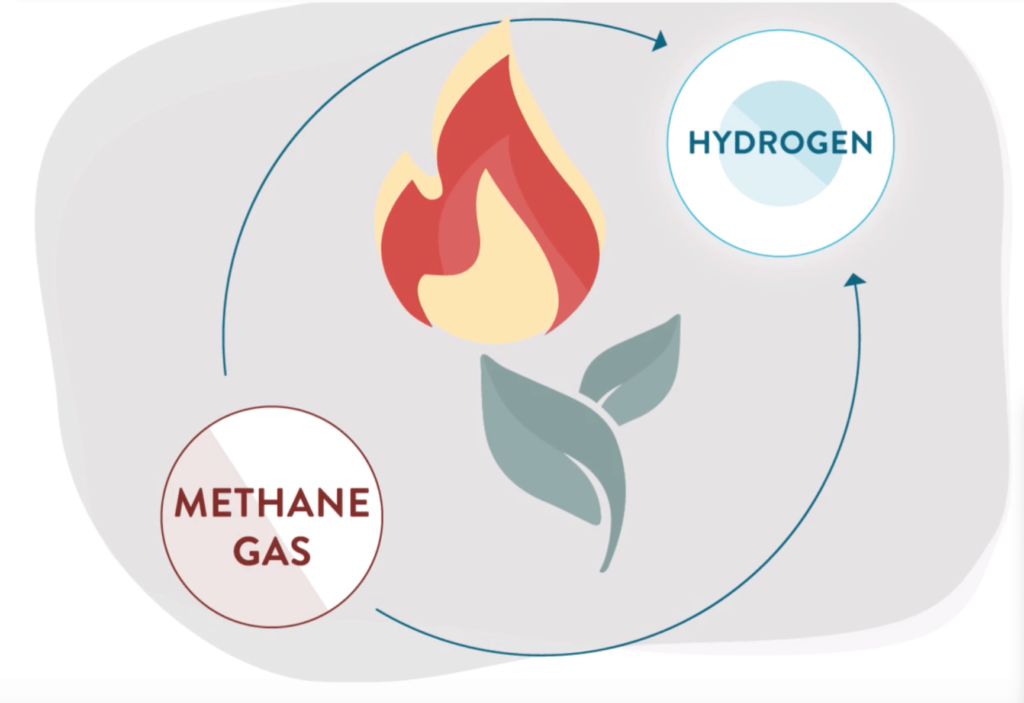We have talked about hydrogen in recent months, and how it could become a viable alternative heating source. Below are links to the various articles:
Hydrogen Fires – Decarbonising the National Grid? – Oct 2019
Hydrogen green Gas Update – Aug 2019
Decarbonising Heat and Elimination of Fossil Fuels – July 2019

Very recently we learnt that at Keel University are involved in the growing interest of hydrogen as an alternative heating source. They are blending their natural gas supply with 20% hydrogen. They decided on this percentage blend as they wanted to maximise the benefits of using hydrogen, without impacting on gas pipelines or appliances.
How does blended fuel like this work?
Natural gas work in much the the same way hydrogen as a heating source. The Keel project is know as HyDeploy, and is the UK’s first live trial of hydrogen in a modern gas network. Keel has it’s own gas supply system, which was why it was chosen for this experiment. An electrolyser is used to produce the hydrogen. This clever device splits water, H2O, into its constituent parts: hydrogen and oxygen.
If this 20% hydrogen blend is rolled out across the UK, it is thought that CO2 emissions will be reduced by around 6 million tonnes. That is equivalent to taking 2.5 million cars off UK roads.

Challenges for hydrogen as exclusive use heat:
Visibility – Natural gas burns with a blue flame under normal combustion. Hydrogen burns with a pale blue flame, which is not that easy to see in daylight – this has significant safety problems for obvious reasons.
Detection – Non toxic aroma such as mercaptan is added to natural gas so we can detect. However, this has a detrimental effect when using with hydrogen. There is current research taking place to look at addressing this issue.
Transportation – Compared to oil, which can be sent through pipelines, hydrogen transportation can be expensive. This is a set back since storage and transport can be considered impractical.








